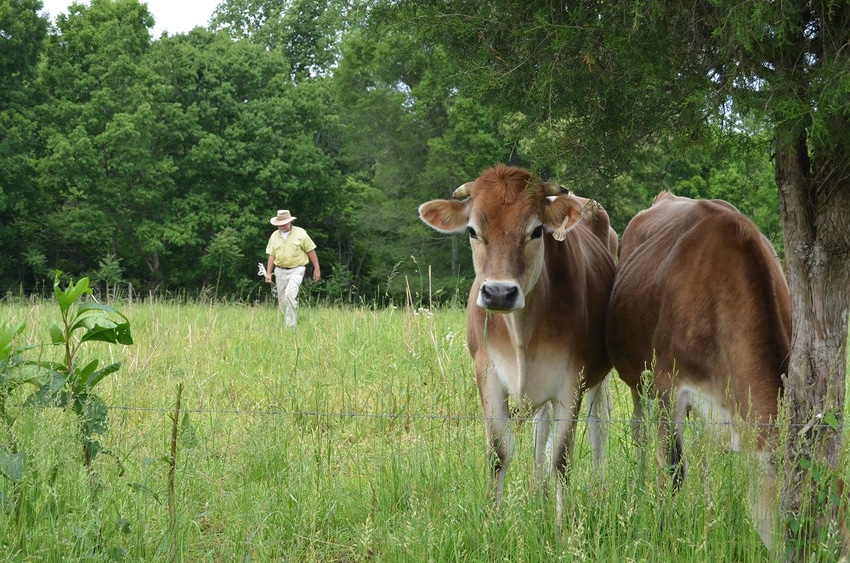
The Bible is full of near-exhaustive evidence that most of mankind’s great ideas are felonious. They are not only proven to be wrong but wrong to the point of being destructive.
The deserts of the world were once wonderfully productive lands and were “taken out” by timbering, farming and to a lesser extent ranching and overgrazing.
The great majority of North America has lost 50-90% of its natural fertility in the past 300 years or less, and in many cases a whole lot less.
We farmers, ranchers and beef producers would do well to not forget we have the ability to remove the fertility of lands we are overseeing. We also need to remember that such management skills and programs shoot us quite fatally in the heart.
Montana rancher and grazier Ray Bannister claims to be a contrarian and has a certain love of outlaws. He defines being a contrarian as the innate desire and ability to severely question and argue most every program or idea that comes or has come along without natural model proof or proving. I agree with Bannister. Real science proves the natural model truths.
Considering the current state of the industry, I have for quite a few years found one of the success principles is to look closely at what the vast majority of producers are doing and move in the near opposite direction.
Following World War II the vast majority of agriculture forgot that cattle had four legs and are capable of self-harvesting their feed. It was taught that corn could be grown cheaply and cattle could be fed in yards or lots. Dairy production left the pastures and silos went up. The first five years I was in practice (1977-1982) there were 10 to 15 stave and oxygen-limiting structures built in our county for a cost of $500,000 to $1 million. Not one of these is currently in use, and most have not been in use since the early 1990’s.
At that time, about 1,600 acres of good land could have been purchased with the same dollars. The silos are mostly gone. So is the land, at least at the 1982 price.
Actual profitability is generally low and irregular on modern management schemes. On the other hand, that same land today is capable of producing and netting $100 to $500 per acre annually in planned grazing programs without any fancy marketing.
Contrarians question everything and tend to argue most popular thinking of the day. When it seems that everyone wants big cows that give a lot of milk and require a lot of upkeep the contrarian fights for small cows that raise a calf yearly on what she picks.
When our neighbors are haying for weeks on end throughout the middle of the growing season we are in amazement as we build a standing haystack for winter. This “stockpile” starts in late May or early June and is actually built from the result of the short-time cattle presence, followed by absence.
When other pastures are muddied up and rutted during the winter ours are mostly green and covered. Our rain mostly goes in the ground. The result is life and more growth.
Thinking outside the box indicates that we need to stay at the house and develop what works. Take it from a fellow contrarian; your long term health might likely depend on the right choice.
About the Author(s)
You May Also Like






